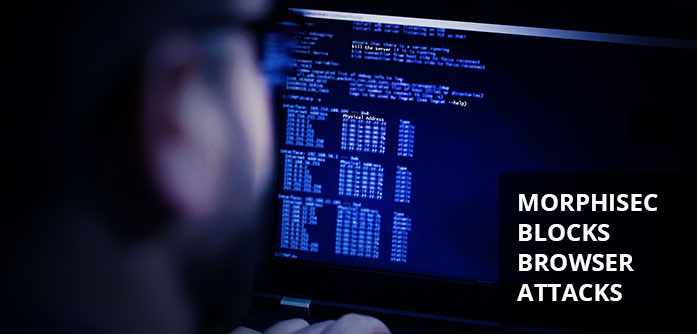Cybersecurity spending has continued moving upward trend over the past several years. Just last year, budgets increased 12.4%. In 2020, Gartner expects a more modest increase of 2.4% ending at $123 billion in IT security spending for the year ...
Read MoreWe recently introduced Morphisec Guard, a full endpoint protection platform designed to secure your enterprise against the worst cyberattacks. Guard is a single lightweight offering, including world-class antivirus, together with the market's most...
Read MoreMillions of desks are sitting empty because of the COVID-19 epidemic, turning remote work into the “new normal.” Sudden as this transformation may be, however, it’s actually an acceleration of existing trends.
Read MoreIn recent weeks we've seen threat actors stepping up ransomware attacks against hospitals at a moment when saving lives is their most important focus. To keep critical care operating uninterrupted, it’s become more important than ever for...
Read MoreOrganizations in every industry and at every level of government face more cyberattacks each day. According to Ponemon Institute’s recent research, 68 percent of organizations note an increased frequency of attacks against their endpoints. Often,...
Read MoreRecently, news came out about a CVE-2020-0674 vulnerability in Microsoft’s Internet Explorer scripting engine based on how the browser handles memory. More specifically, within the JScript component of the scripting engine is an unspecified memory...
Read MoreWhen looking at cyber defense best practices and models, one driving question, which also keeps CISOs up at night, is this:
What's the best way to orchestrate security telemetry and processes so that SOC operators and security teams can prevent more...
Read MoreSearch Our Site
Recent Posts
Posts by Tag
- Automated Moving Target Defense (157)
- Threat Research (135)
- Cyber Security News (132)
- Morphisec Labs (124)
- Morphisec News (54)
- Adaptive Exposure Management (14)
- Defense-in-Depth (13)
- Ransomware (12)
- Preemptive Security (11)
- Gartner (10)
- Continuous Threat Exposure Management (CTEM) (9)
- Microsoft (8)
- In-Memory Attacks (7)
- Healthcare Cybersecurity (6)
- Advanced Threat Defense (5)
- Legacy Security (5)
- Artificial Intelligence (4)
- Financial Cybersecurity (4)
- Linux Cybersecurity (4)
- Fileless Malware (3)
- Threat and Vulnerability Management (2)
- Managed Service Providers (1)











.png?width=571&height=160&name=iso27001-(2).png)